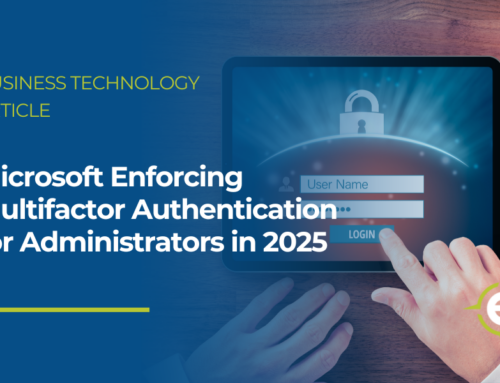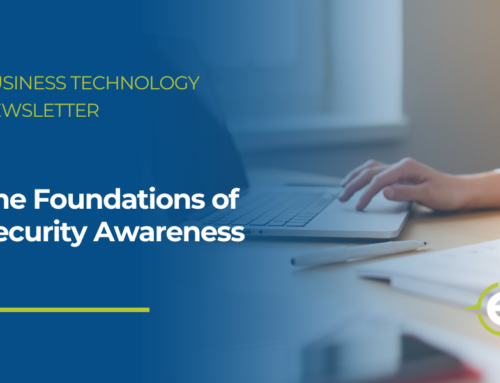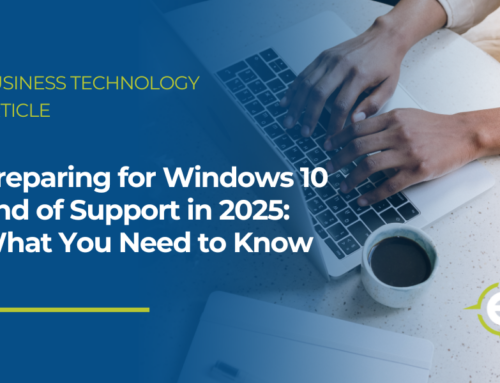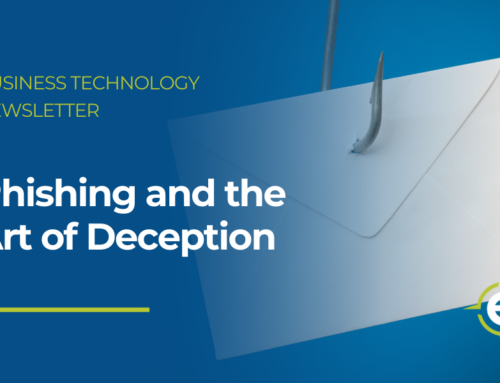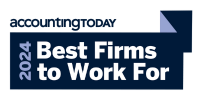Online Safety
While online, always keep a few measures of safety in mind. It starts with good preparation and being vigilant.
Do you think you have safe online habits? Then, put yourself to the test with our quick checklist of reminders for online safety.
Online Safety Checklist
A Secure Working Environment
- Virtual Private Network (VPN)
Before you go online, create a virtual private network (VPN). Only authorized persons have access to this network. Everyone else is denied access. - Updates and Patches
Have you installed the latest version for both your operating system and browser? Always ensure that your systems and software have the latest security updates, known as patches. - Secure Wi-Fi password
Before you connect to the internet, use a strong, hard-to-guess password for your router. This could be a memorable sentence with numbers and special characters, consisting of at least 16 characters. The default passwords provided by most devices do not meet these requirements.
Secure Browsing
- https instead of http
When you visit a website, make sure it is encrypted. This is indicated by the abbreviation https instead of http in the address bar. The ’s’ here stands for secure and means that the connection is secure.
Secure Browsing
- Typosquatting
This refers to websites that intentionally contain typos or misplaced hyphens in the internet address in order to lead you to a fraudulent website. A classic example of this is an incorrect country-specific domain, such as .co instead of .com. - Browser Add-ons
Browser add-ons are additional programs for browsers, for example bookmarks or advertisement blockers. These extensions should be downloaded from an official web store for the browser. Otherwise, you may be redirected to a fake website, such as a fake web store.
Recognize Disinformation
- Trusted Sources
Headlines, videos, and pictures: news is all over the internet. Before trusting such content, especially on social media, you should first ask yourself the following questions: do you know the name of the author, or is this an anonymous source? Articles and reports that don’t come from trusted sources should be treated skeptically, as disinformation is often spread online. - Trivialization and Scaremongering
Is the information you encounter intended to trivialize an issue or create fear, through the use of clickbait headlines? Pay attention to how an issue is presented on the internet. Scammers will use any means necessary to gain readers’ attention. A critical eye is useful here to identify misinformation online. - Images and Videos
Are the images real? Be careful: videos and photos can be fake too! If you are not sure, check the information with a reputable news site or fact-checker website. In general, a healthy dose of skepticism is a good thing here.


